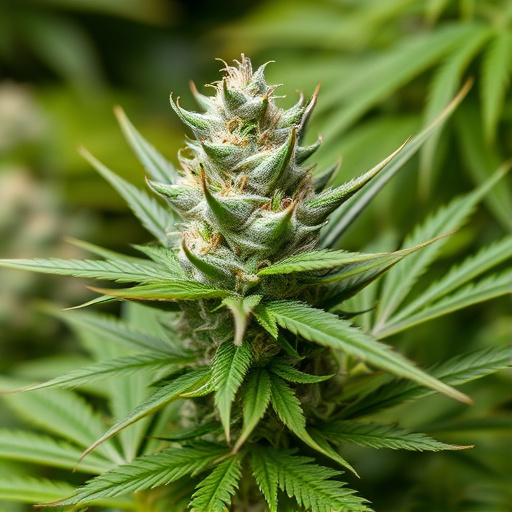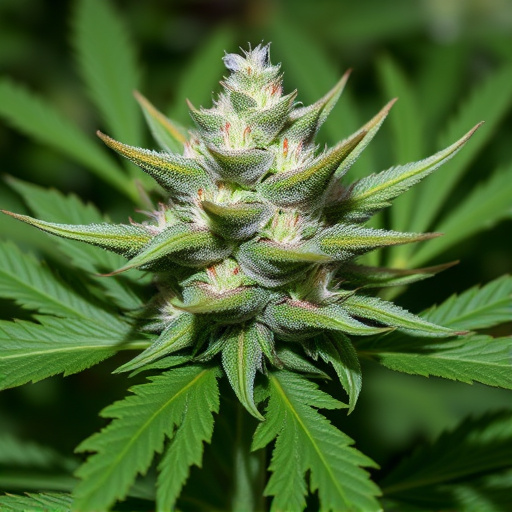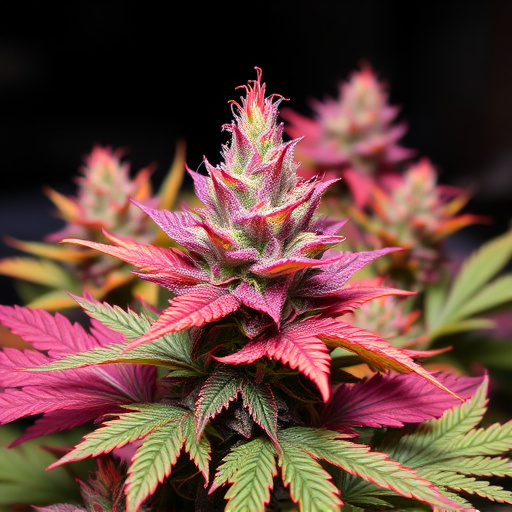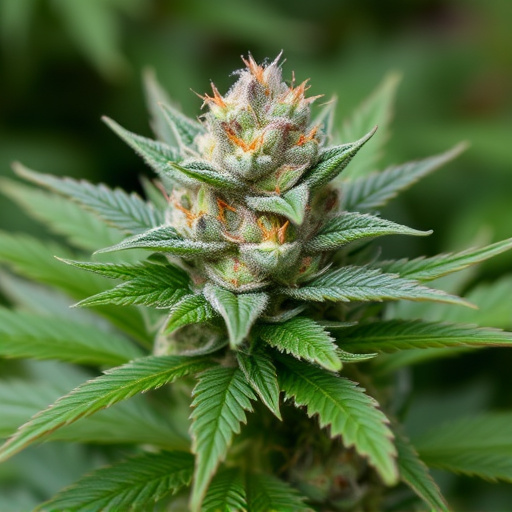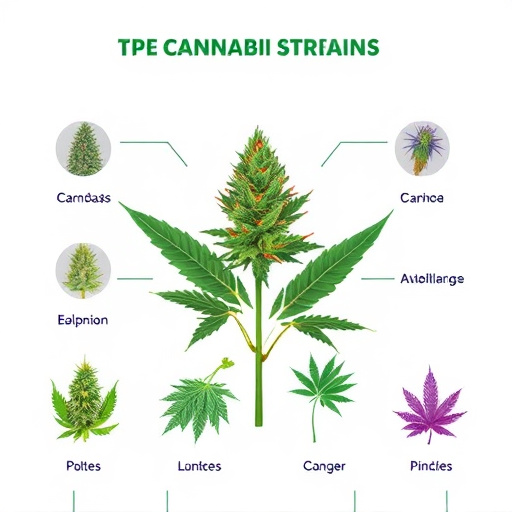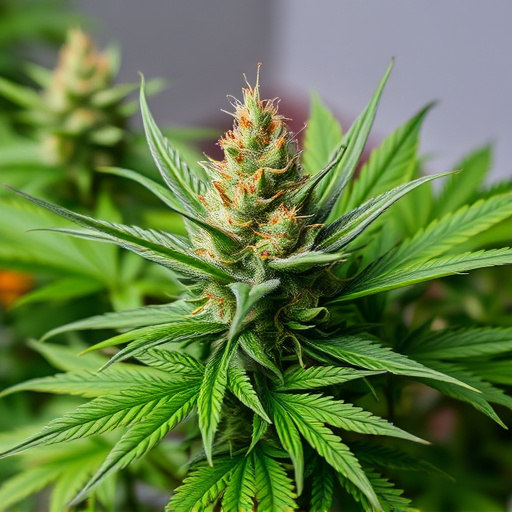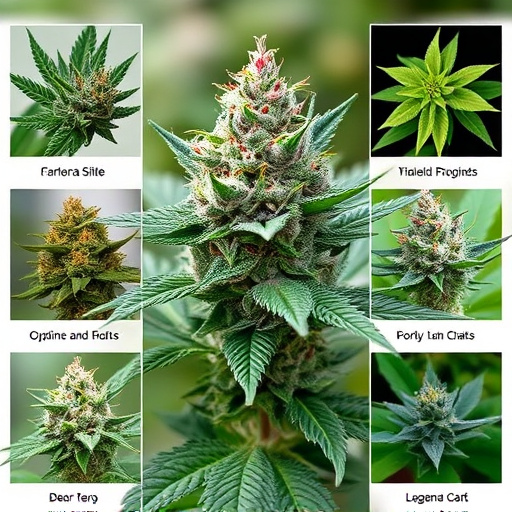Landrace cannabis strains, indigenous to specific regions, showcase unique genetic diversity due to centuries-long adaptation to local environments. These natural varieties, unaltered by modern breeding, offer distinct cannabinoid and terpene profiles catering to diverse user preferences and medicinal needs. Preserving landraces is vital for maintaining biodiversity and safeguarding rare medicinal properties within the cannabis ecosystem, ultimately unlocking new therapeutic potential while promoting sustainable cultivation practices that respect their ancient origins.
“Uncover the ancient world of landrace cannabis strains, the original genetic foundations of modern marijuana varieties. This article explores these rare, indigenous plants, their unique characteristics, and global origins. From the bustling markets of Morocco’s Atlas Mountains to the remote farms of Thailand, discover the diverse types of cannabis strains that have captivated cultivators for centuries. Learn why preserving these landraces is vital for both their cultural significance and the future of cannabis cultivation.”
- Understanding Landrace Cannabis Strains
- Types and Characteristics of Common Landrace Strains
- The Importance and Future of Preserving Landrace Cannabis
Understanding Landrace Cannabis Strains

Landrace cannabis strains are a fascinating aspect of the cannabis world, offering a glimpse into the plant’s diverse genetic heritage. These strains are essentially varieties that have their origins in specific geographic regions and have been naturally selected over time by local environments and human cultivation practices. Each landrace strain has developed unique traits, including distinct cannabinoid profiles and terpene compositions, adapting to its native climate and terrain.
Understanding landrace cannabis strains is essential when exploring the different types of cannabis. They represent the raw, unaltered forms of the plant, free from extensive modern breeding programs. By studying these landraces, researchers and cultivators can gain insights into the original genetic diversity of cannabis, which has been refined over centuries by local farmers who selected plants with desirable traits for their specific growing conditions. This knowledge is valuable in creating new hybrids and ensuring a wide array of cannabis types to cater to various preferences and medicinal needs.
Types and Characteristics of Common Landrace Strains
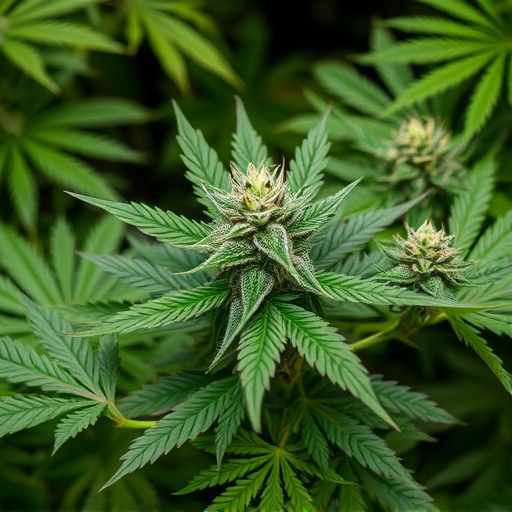
Landrace cannabis strains are distinct varieties that originated in specific geographical regions, where they have been cultivated and selected for their unique adaptations and characteristics over centuries. These strains, often considered the ancestors of modern cannabis cultivars, showcase a diverse range of types and traits. For example, the Afghan strain, renowned for its potent effects and resilient outdoor growth, has shaped many modern Indica-dominant hybrids. In contrast, Thai strains, known for their energizing and uplifting high, have contributed to Sativa-focused varieties, offering a unique blend of terpenes and cannabinoids.
Each landrace strain exhibits specific characteristics that can be attributed to its origin and environmental influences. Some strains are renowned for their high CBD content, appealing to medical users seeking non-intoxicating relief. Others stand out for their rich terpene profiles, contributing to diverse aromatic experiences and potential therapeutic benefits. These natural variations have fueled the interest in preserving landrace genetics, as they represent a vast reservoir of genetic diversity that can enhance the cannabis ecosystem.
The Importance and Future of Preserving Landrace Cannabis

Landrace cannabis strains, deeply rooted in specific geographic regions, hold immense cultural and genetic significance. These indigenous varieties have adapted over centuries to local environments, developing unique terpene profiles and cannabinoid compositions that offer distinct therapeutic benefits. Preserving landrace strains is crucial for maintaining biodiversity within the cannabis plant family and safeguarding rare medicinal properties. As we move forward, recognizing and protecting these ancient types of cannabis strains will be essential in ensuring future genetic diversity and preserving valuable medicinal resources.
The future of cannabis conservation hinges on understanding and appreciating the rich variety of landrace strains. By studying and propagating these rare cultivars, we can unlock new potential treatments and expand our knowledge of cannabis’ therapeutic capabilities. Moreover, preserving landrace strains fosters sustainability, allowing for the development of eco-friendly cultivation practices that respect the natural origins of these remarkable plants.
Landrace cannabis strains represent a fascinating aspect of the cannabis world, offering unique genetic profiles and distinct characteristics. By preserving these ancient varieties, we not only safeguard biodiversity but also gain access to a wide range of therapeutic benefits and diverse flavors. As we continue to explore and appreciate landraces, we contribute to the future of cannabis cultivation, ensuring that these rare strains remain available for generations to come. Understanding and protecting these natural variations is essential in maintaining the rich tapestry of types of cannabis strains globally.

